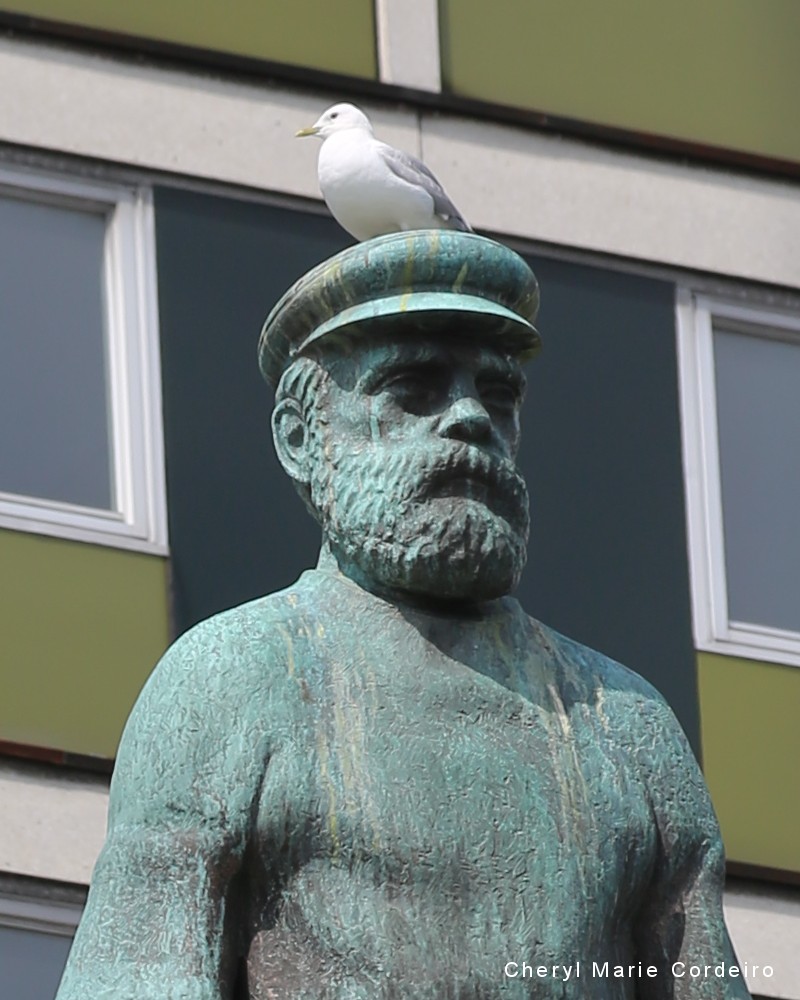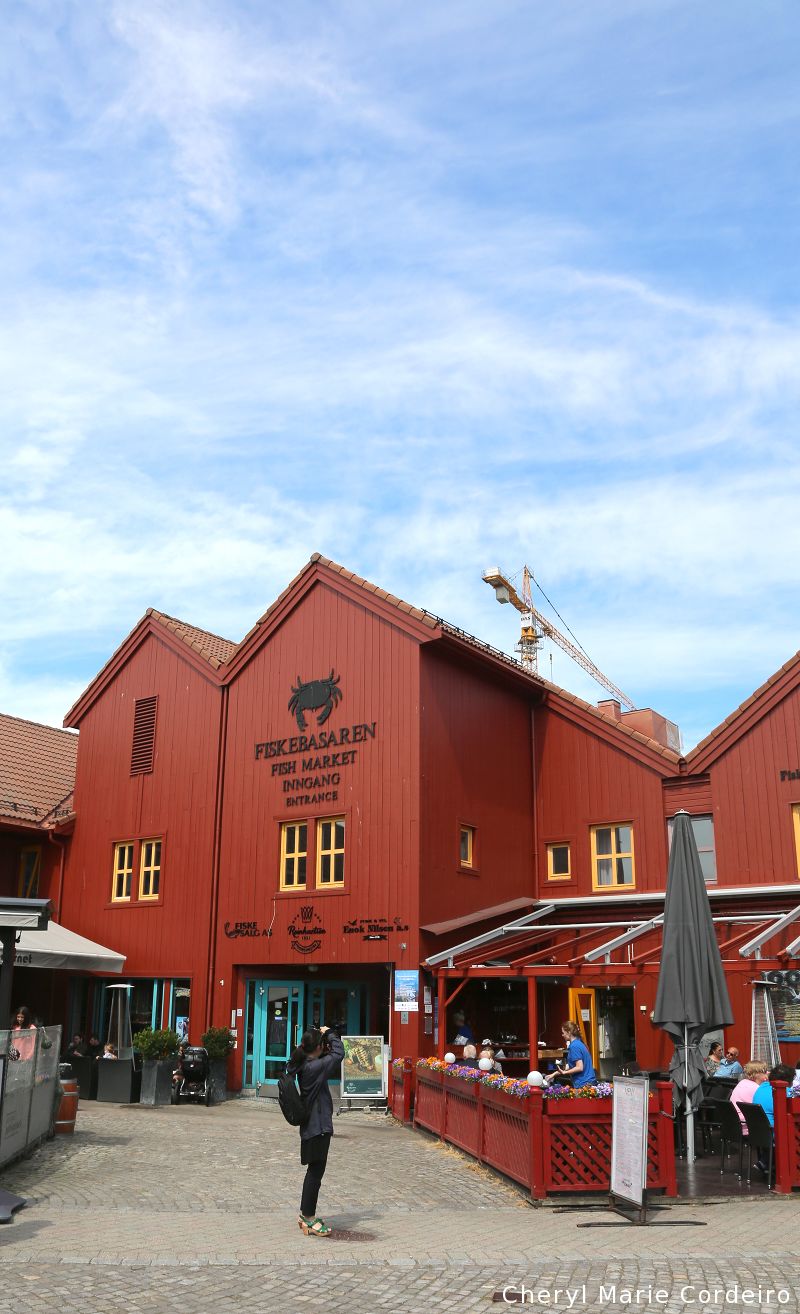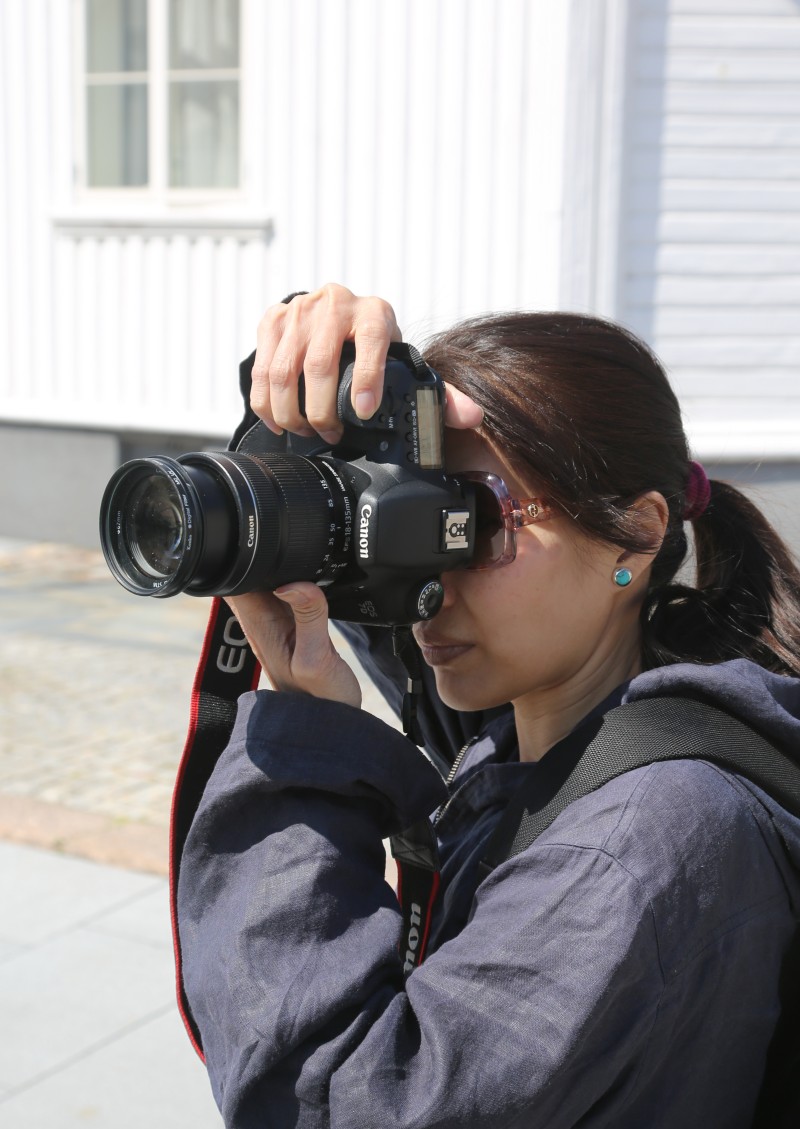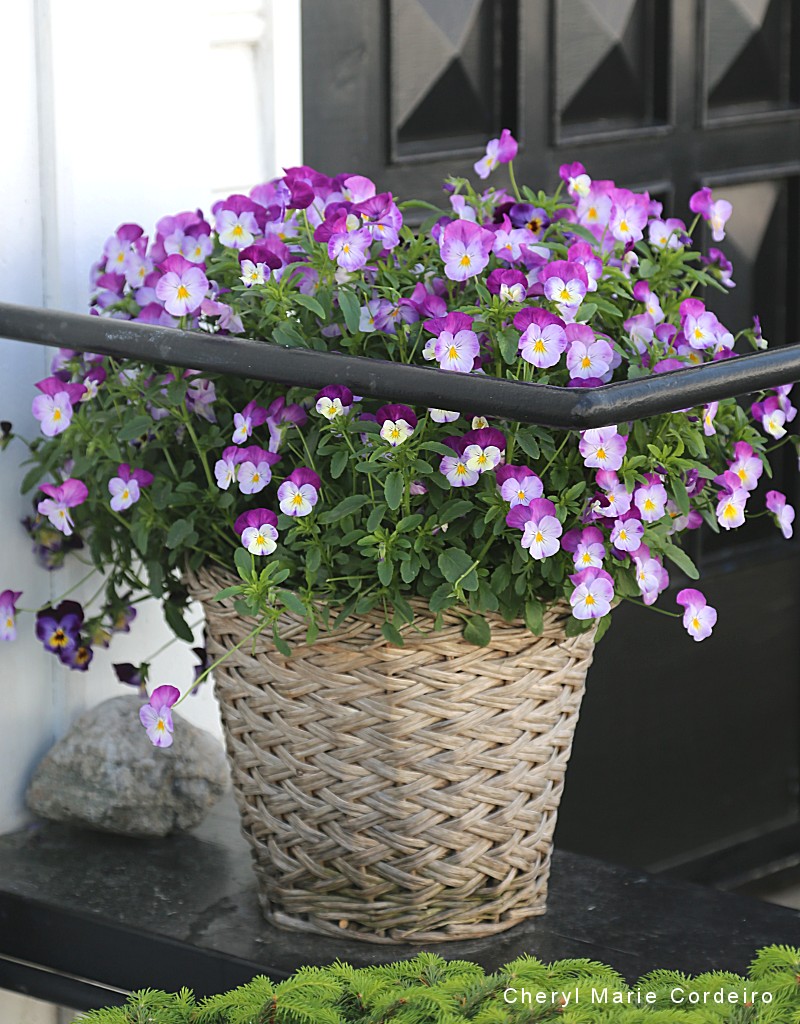Standing in front of the wet market, Kristiansand, Norway.
Text & Photo © JE Nilsson, CM Cordeiro 2017
The initial expectations of a long and tiring drive north along E18 from Gothenburg, Sweden, to Kristiansand in southernmost part of Norway, via the Bastø Fosen ferry between Horten and Moss turned out to be one that was scenic and comfortable. The comforts of a long drive being provided for in terms of a more than adequate number of rest stops, and eateries dotted along the way.
Kristiansand is Norway’s fifth largest city with the sixth largest municipality. The city has about 90,000 inhabitants. A number that can swell to more than a hundred times its local population during the summer months when tourism is at its peak.
Most houses in the city and in its archipelago are beautifully kept, pristine in detail of wood oak panels, generously coated with linseed oil paint in colours of mostly white or earth yellow for houses, and red for boat houses and barnyards. Some barnyards are so large in comparison to the main house that they looked more like mansions in themselves from a distance. Driving along the coast in southern Norway, the small clusters of houses and villages are breathtakingly beautiful. This drive reminded me of the drive along the coastline of the French Riviera some years ago, the houses here being distinctly Nordic in architecture.
The heart of the city is fairly compact and organized in square quarters, so it was not a problem getting around by foot or by bicycle. We spent the afternoon walking from where we lived a couple of blocks away from the city centre, down to the harbour front where the the fish market was located.
Apart from the immaculately up-kept houses and public streets of the city, it was the general quality of food served at Kristiansand that made a marked impression on me. Whether it was food served from the cafeteria at the University of Agder (UiA) or a bistro bar / café in the middle of the city, visitors can drop into most any café or restaurant in the city to find good food. The dishes served seemed meticulously put together, not so much as to impress consumers but rather the effort came across as part of what makes meaningful living, and a life worth living. Being a university city, with UiA attracting about 11 000 students, with 1100 faculty and staff members, food and living costs in the city remain comparatively inexpensive for the Nordic region.
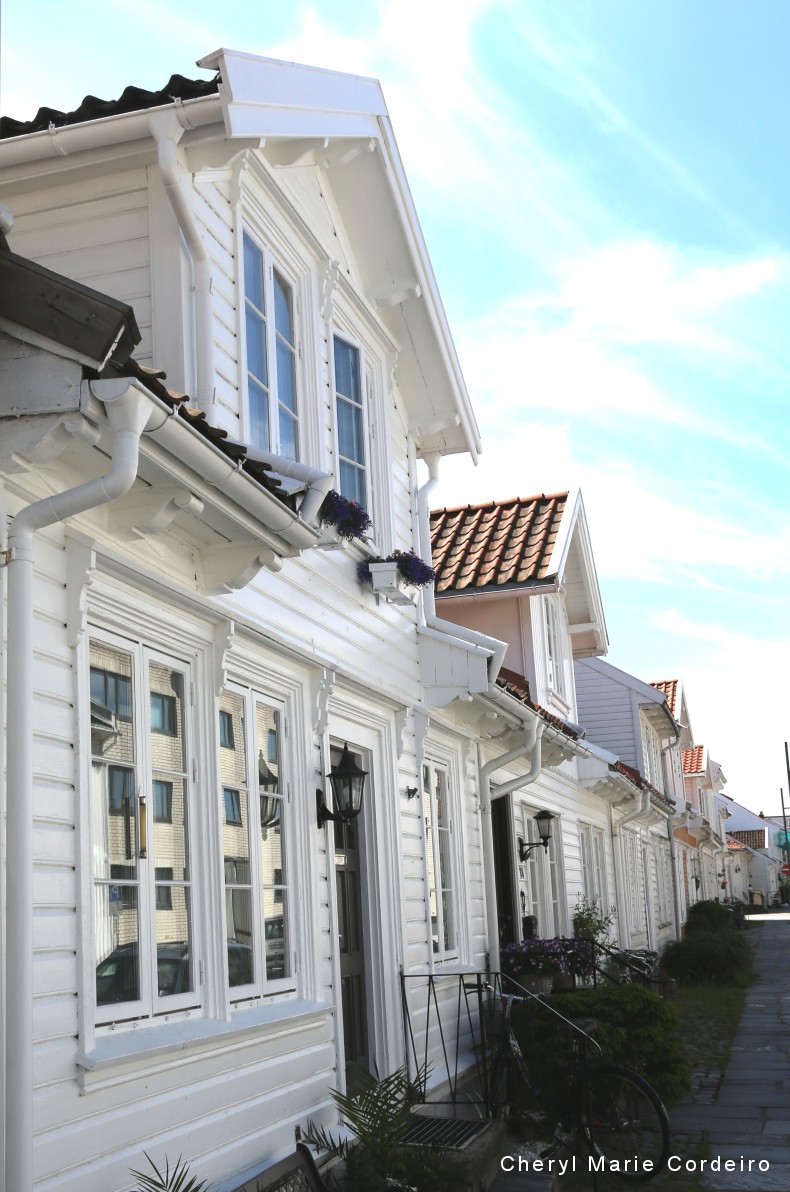
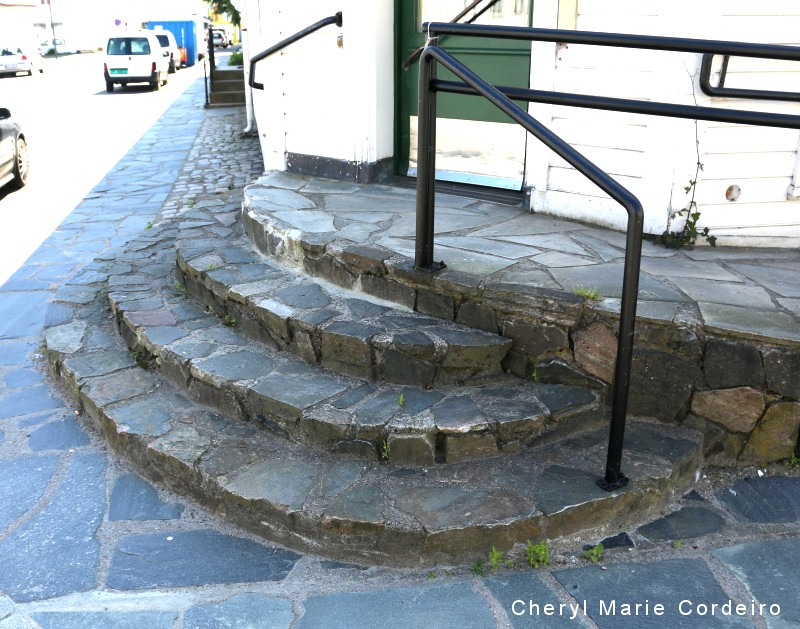
Stone stairs built as a ramp at the entrance of a house for wheelchairs and small bicycles.
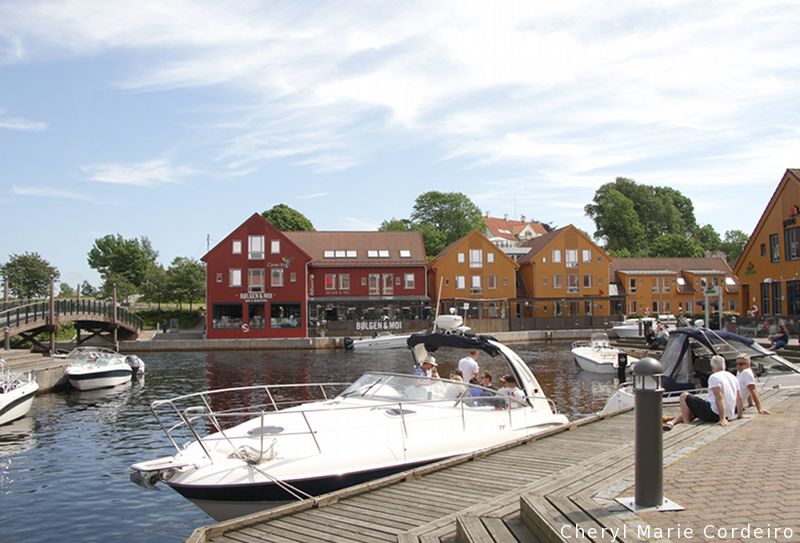
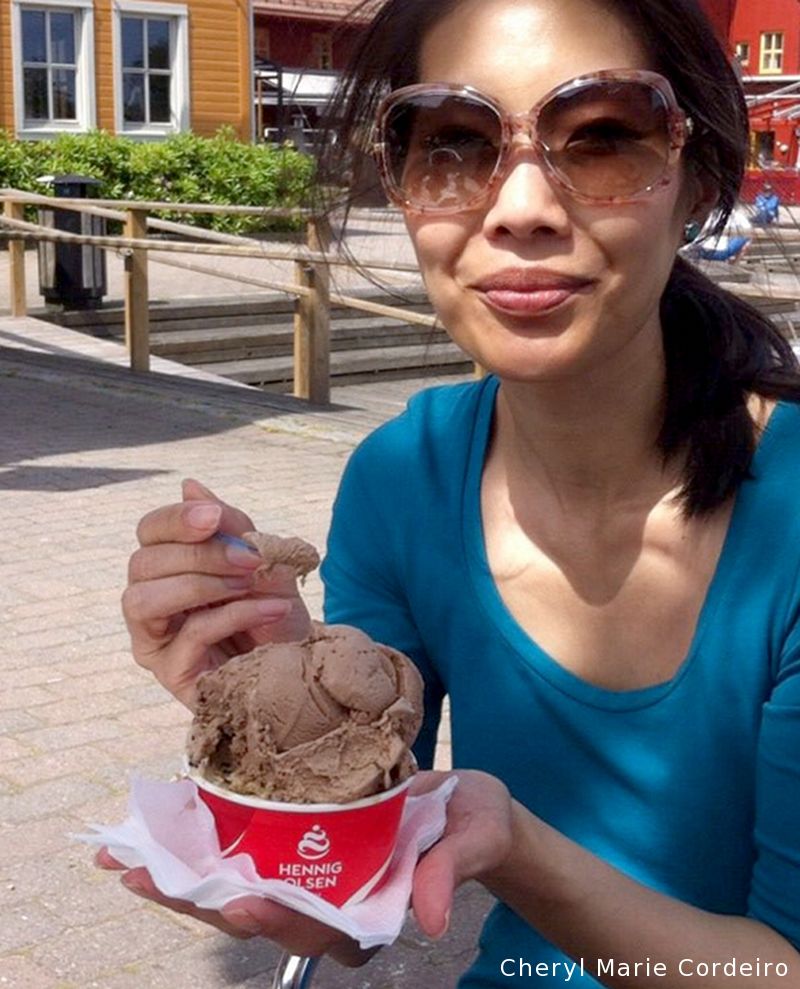
Delicious.
Established in 1924, Henning Olsen ice-cream is today, one of the largest ice-cream producers in the Nordic region. The company produces about 30 million litres of ice-cream and frozen desserts in a year at their factory in Hannevika, just outside of Kristiansand.
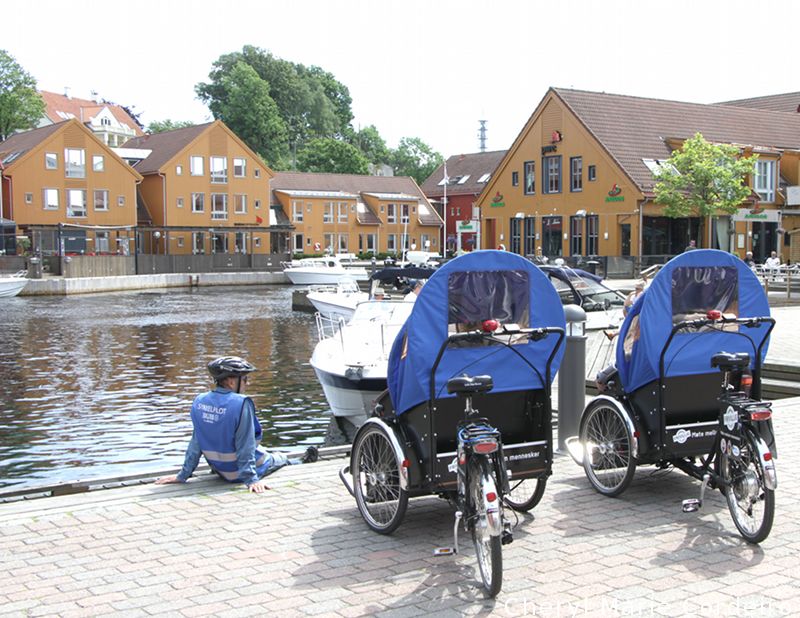
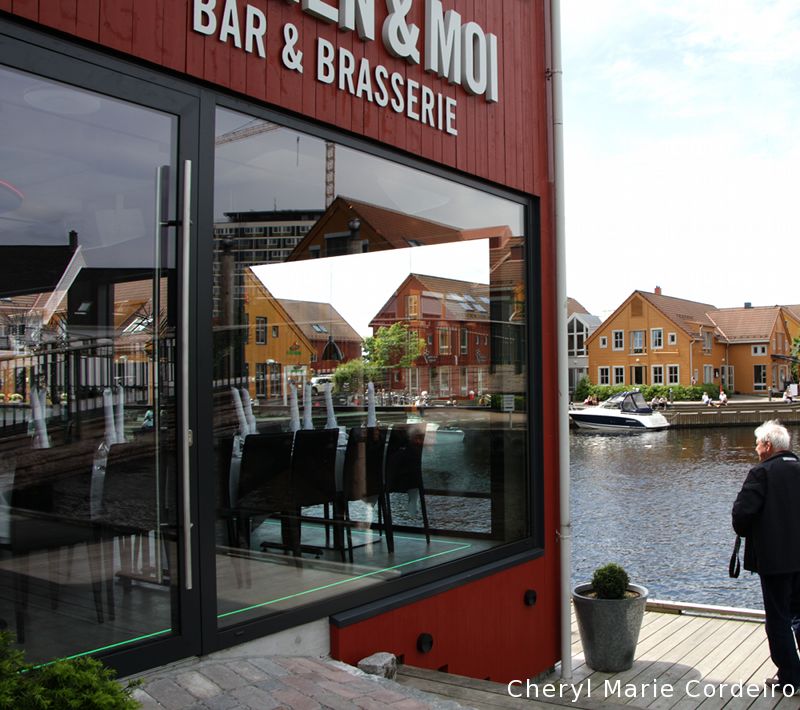
Restaurant Bølgen og Moi at Sjølysveien 1a, Kristiansand.
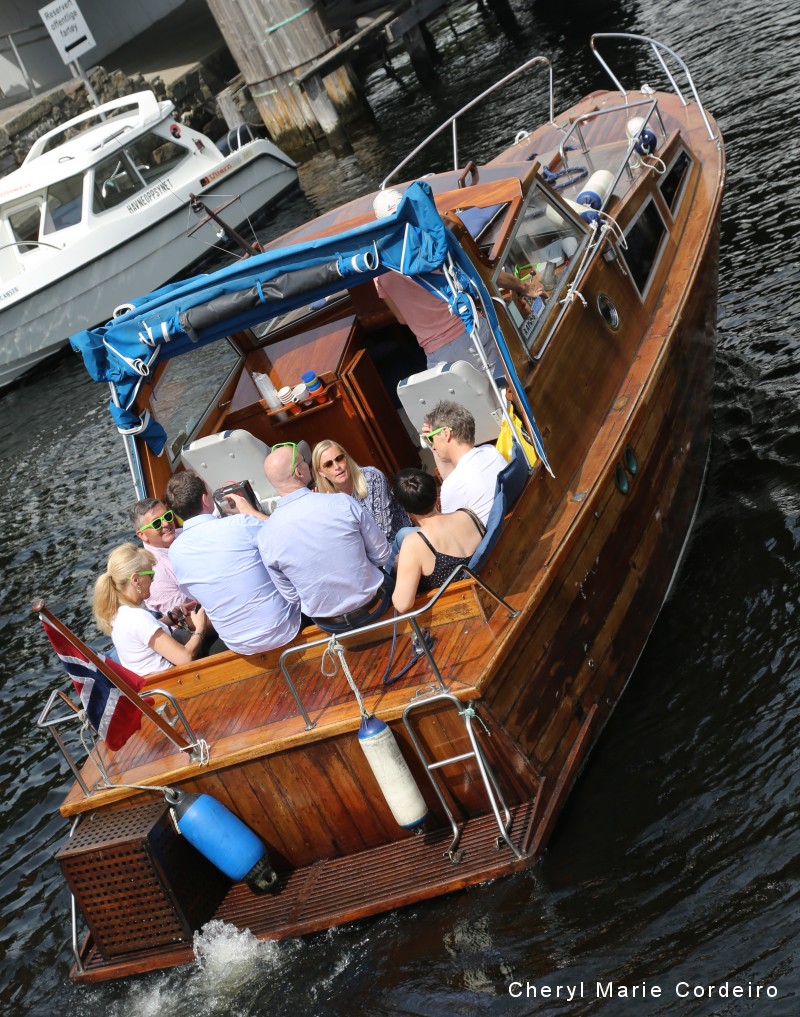
Pine yacht, in pristine condition and form.
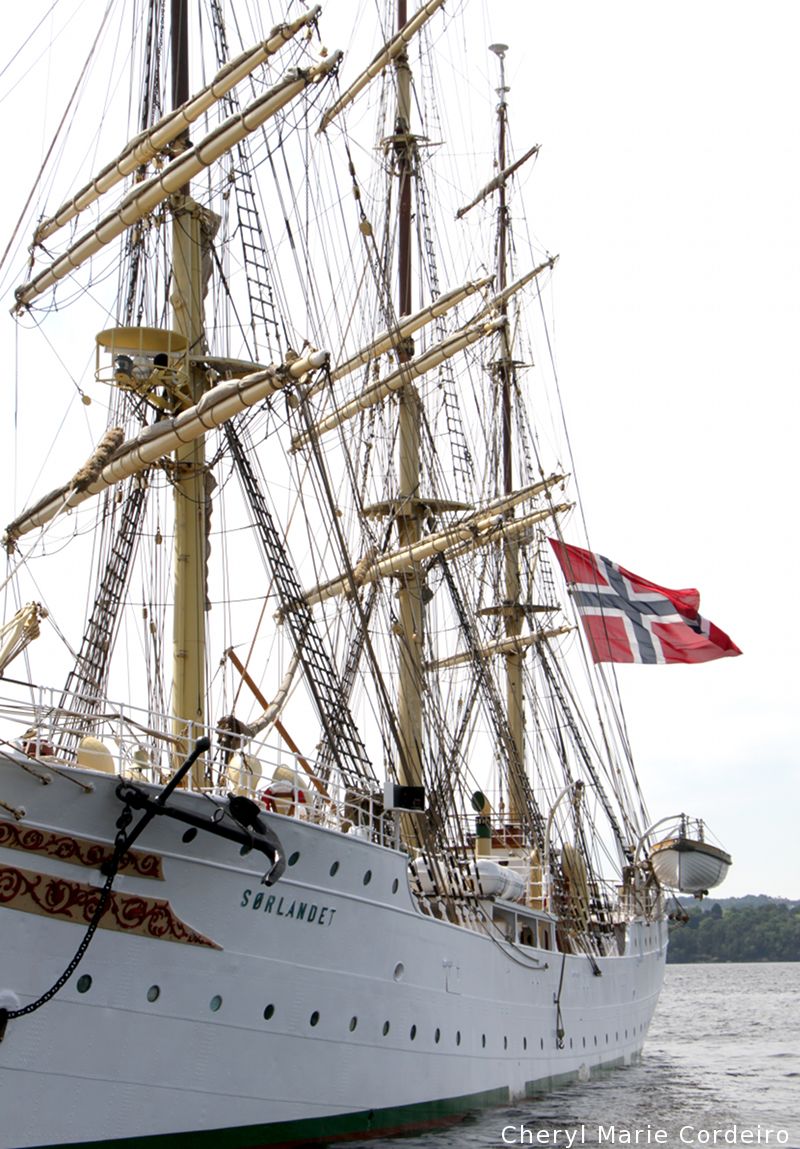
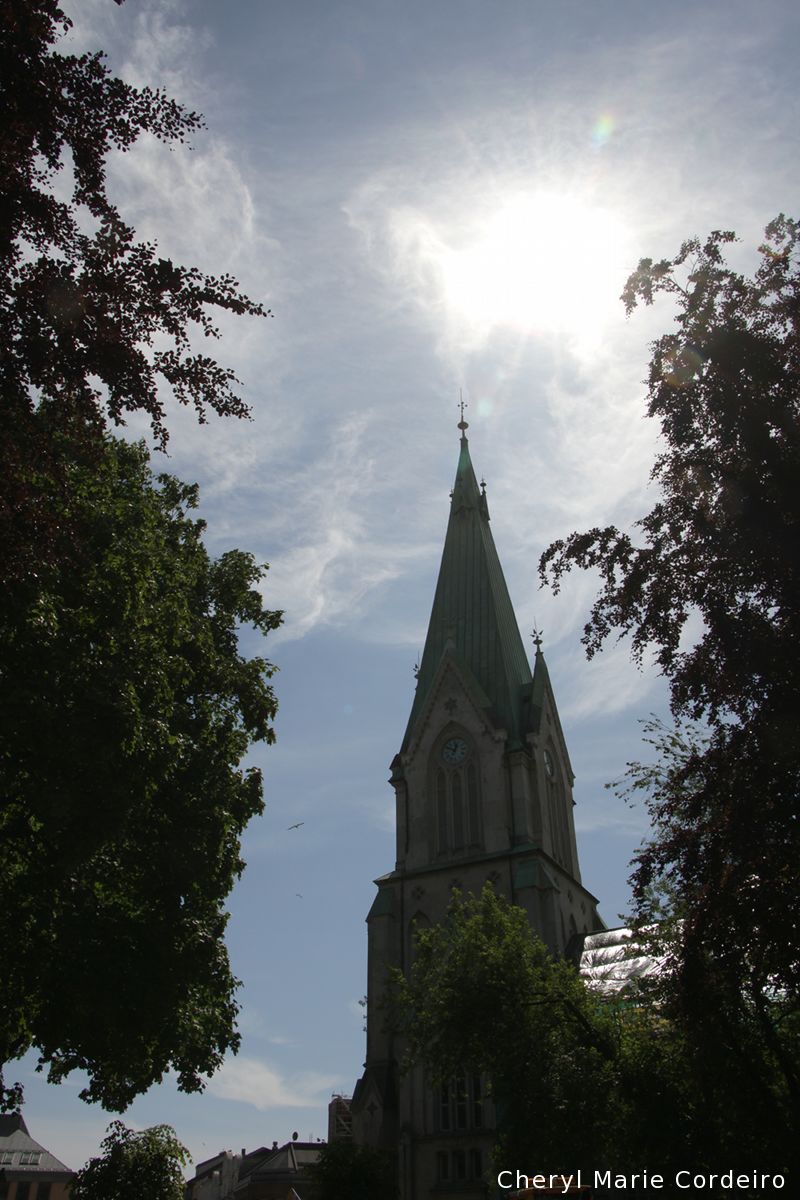
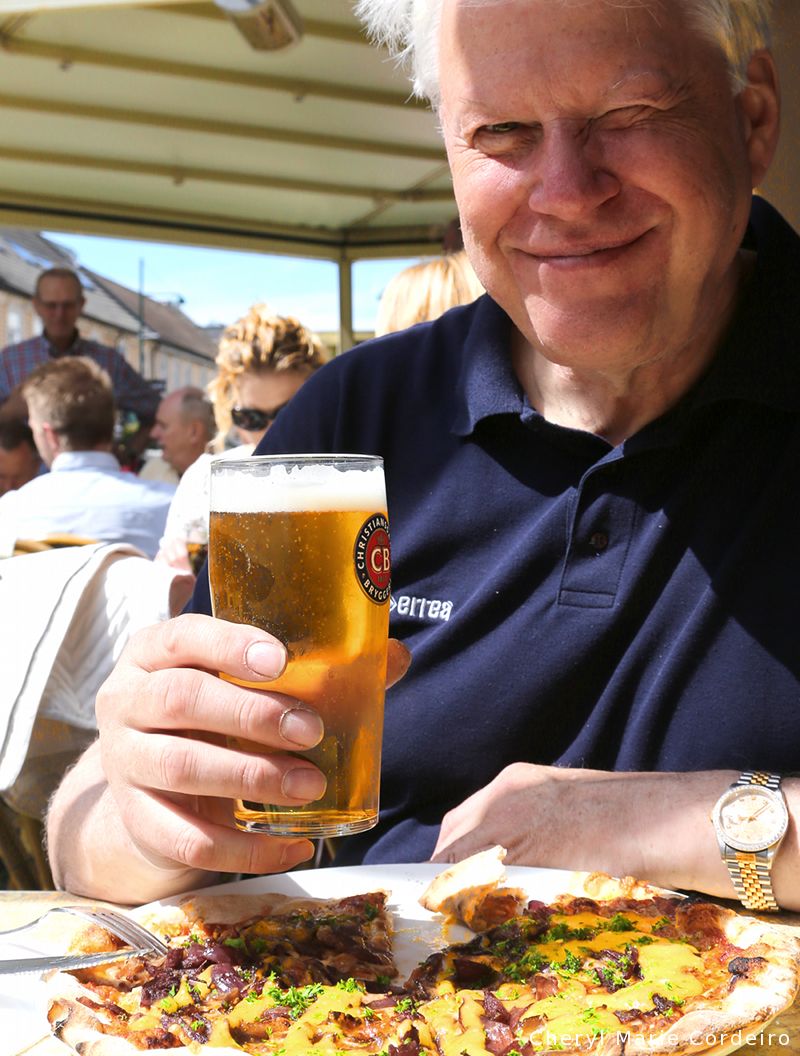
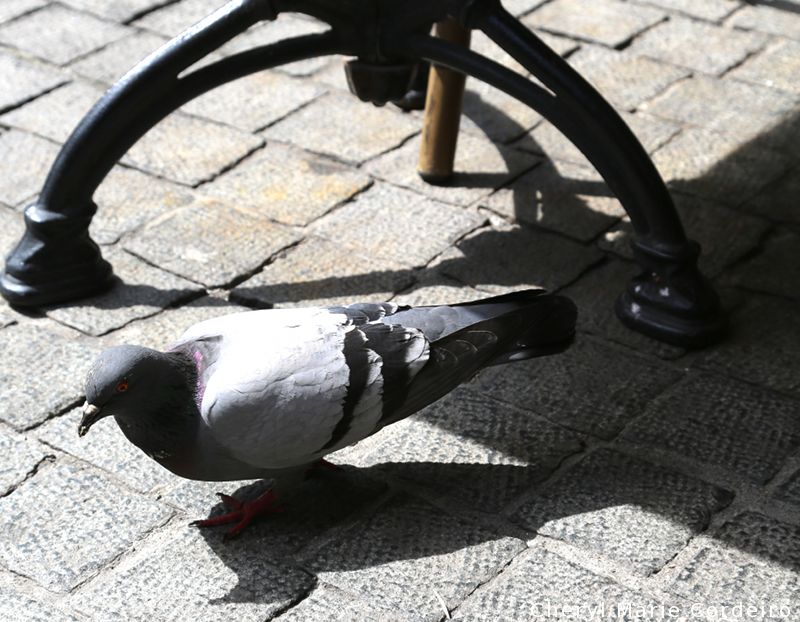
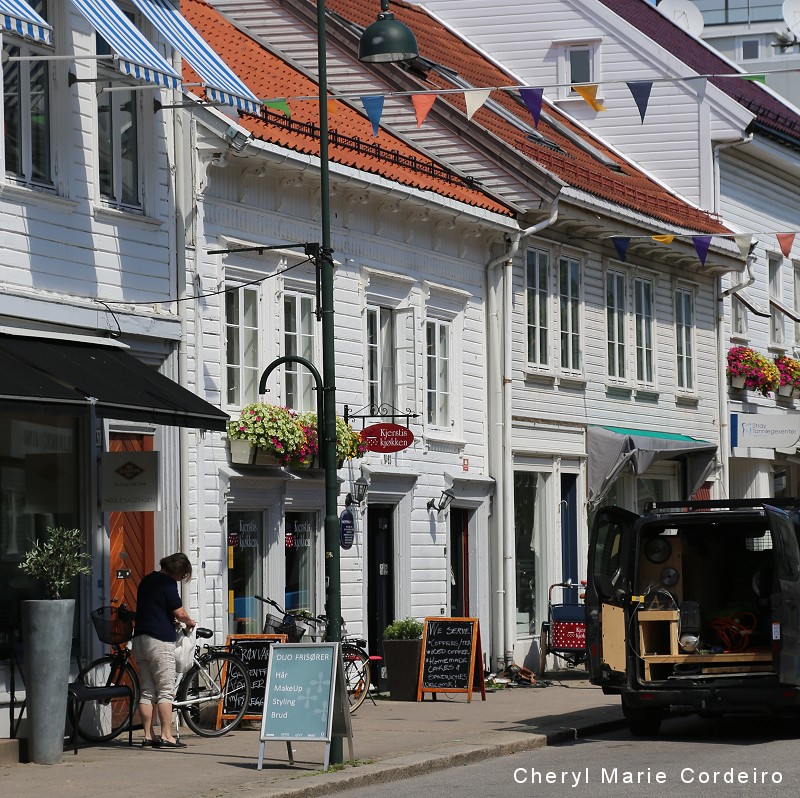
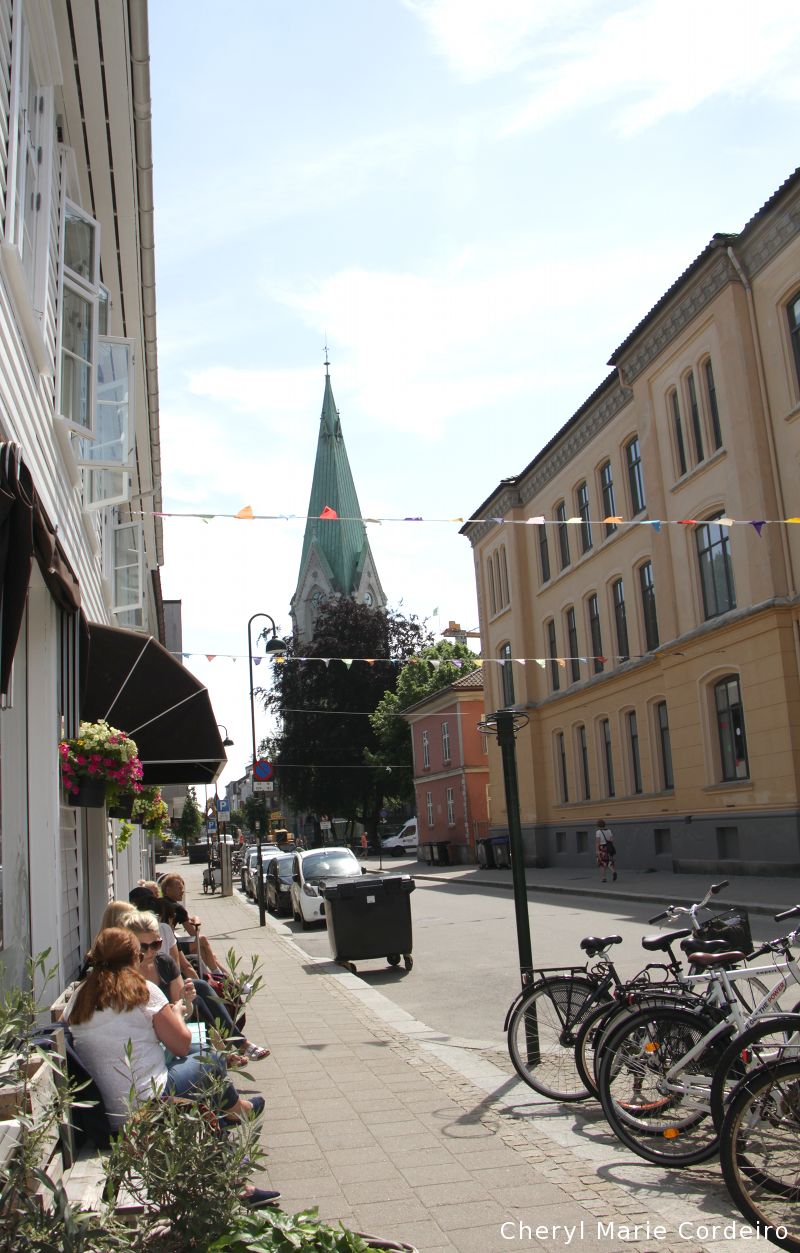
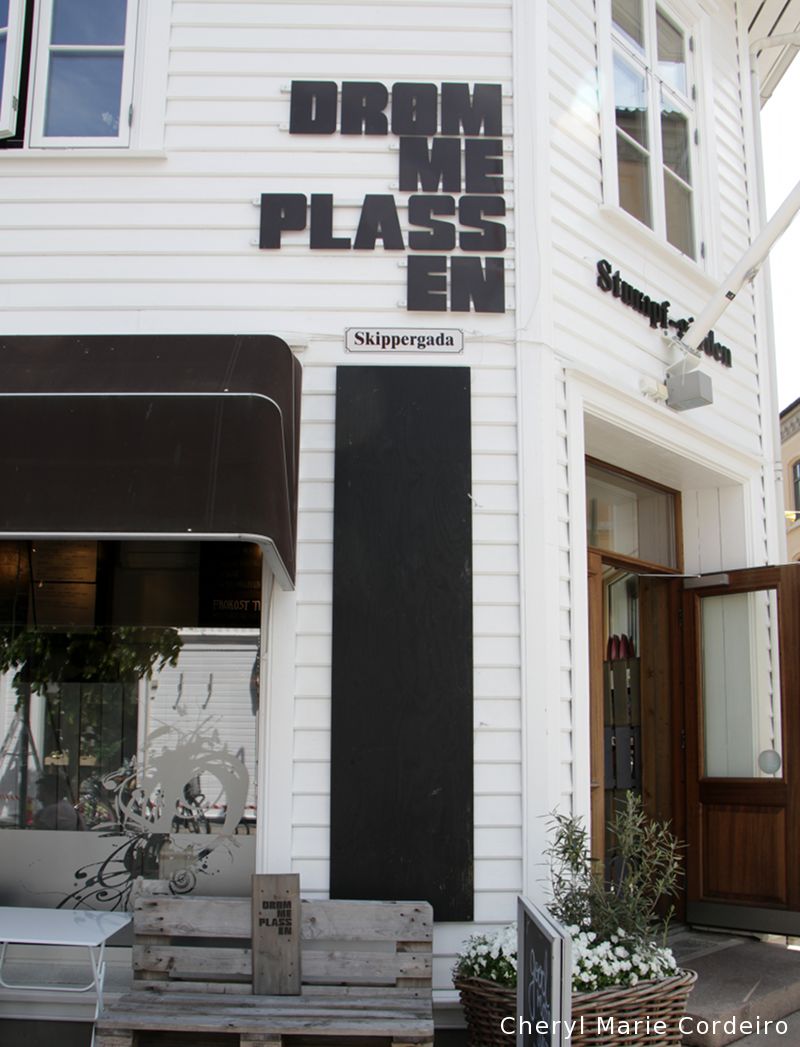
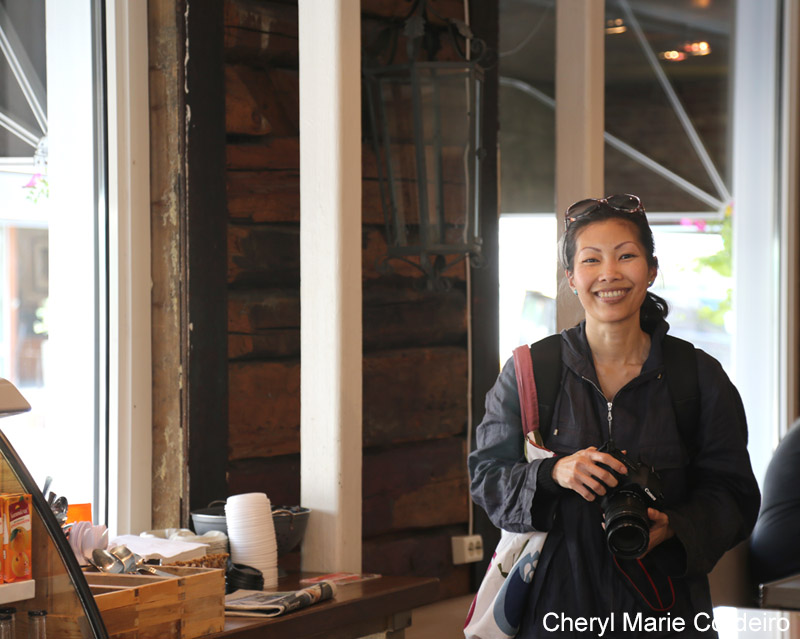
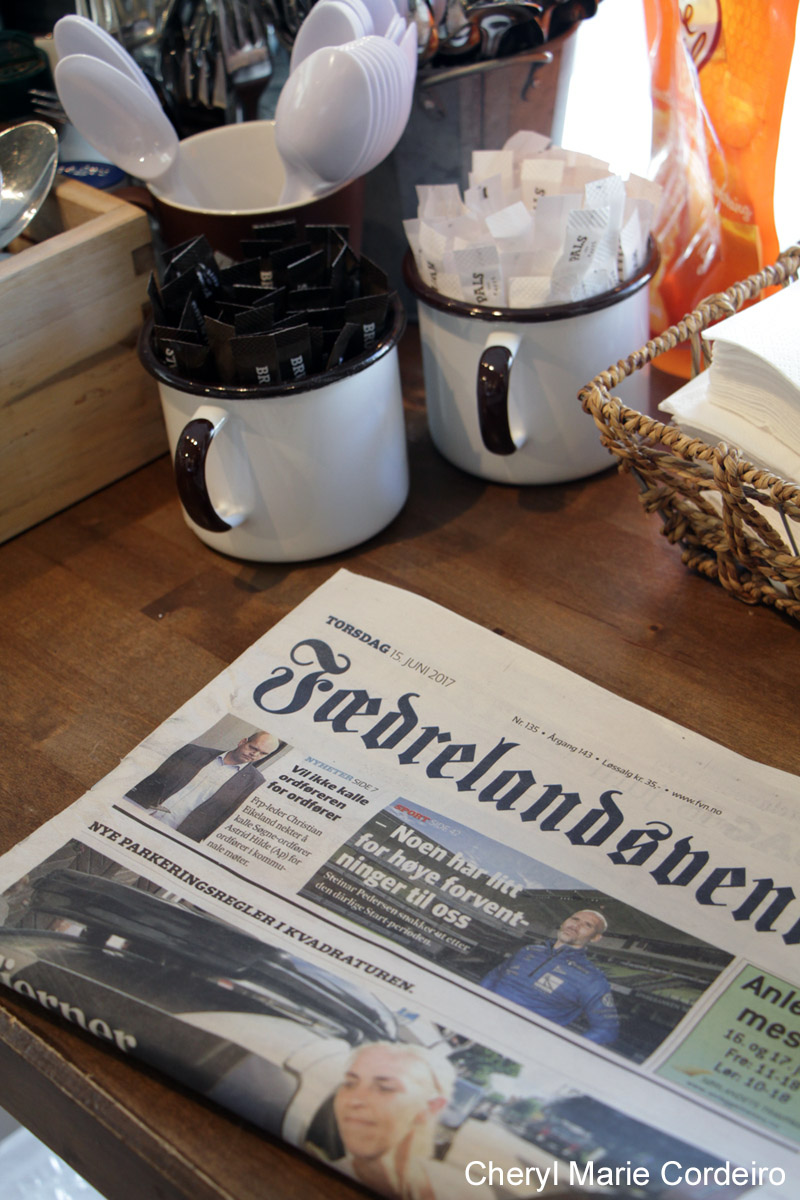
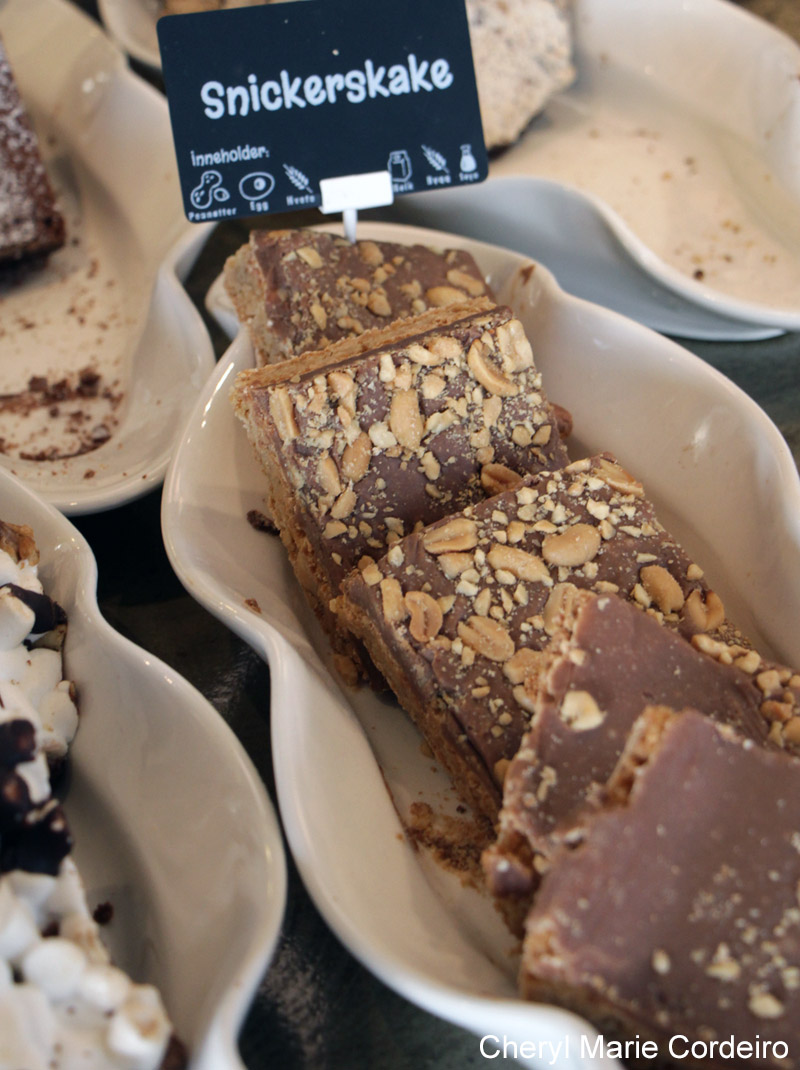
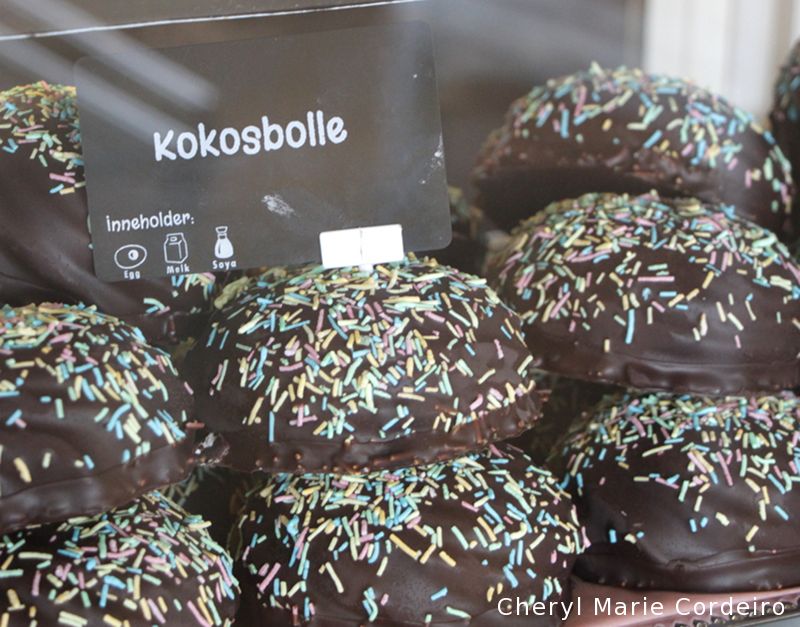
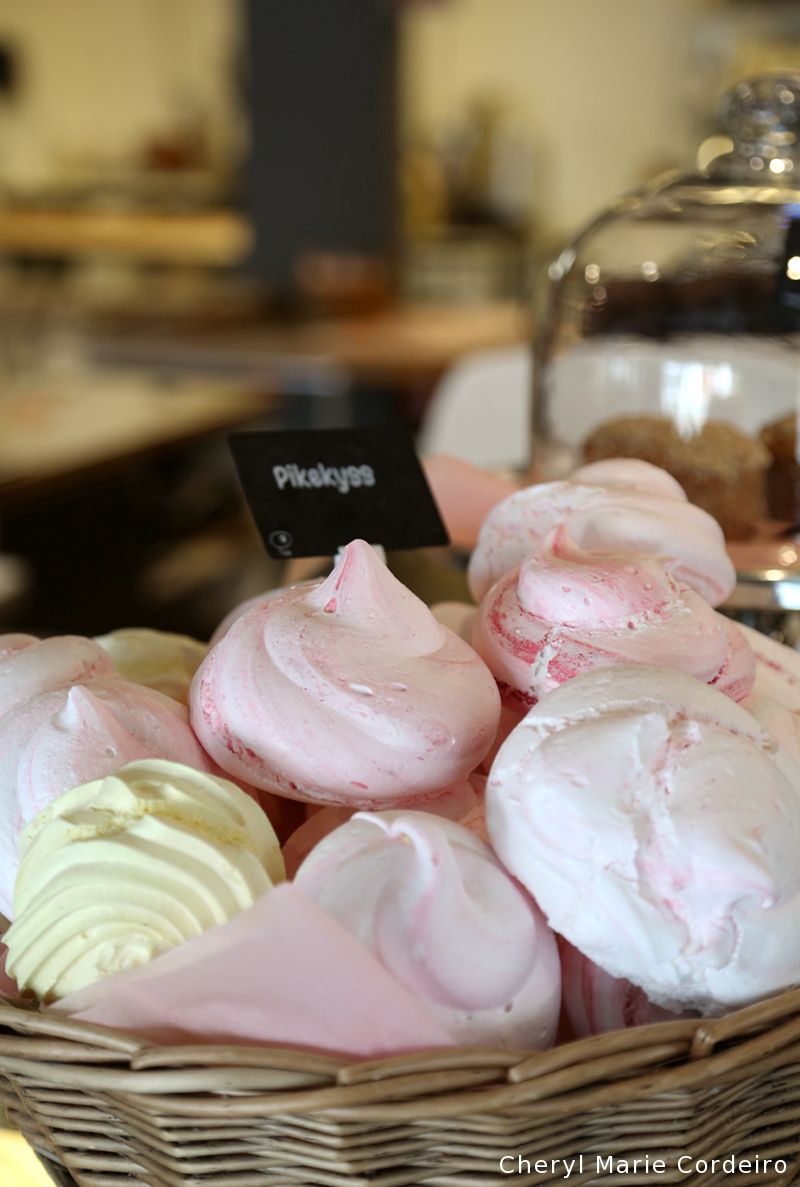
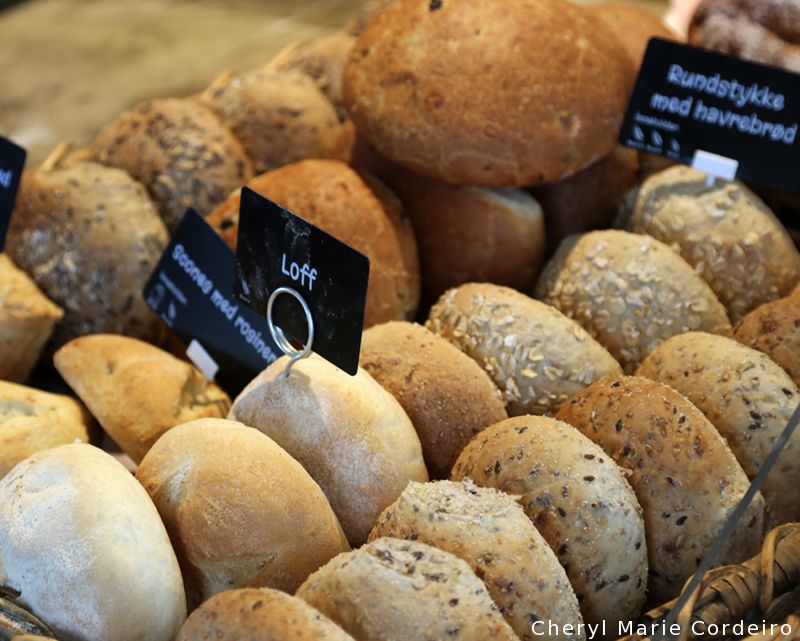
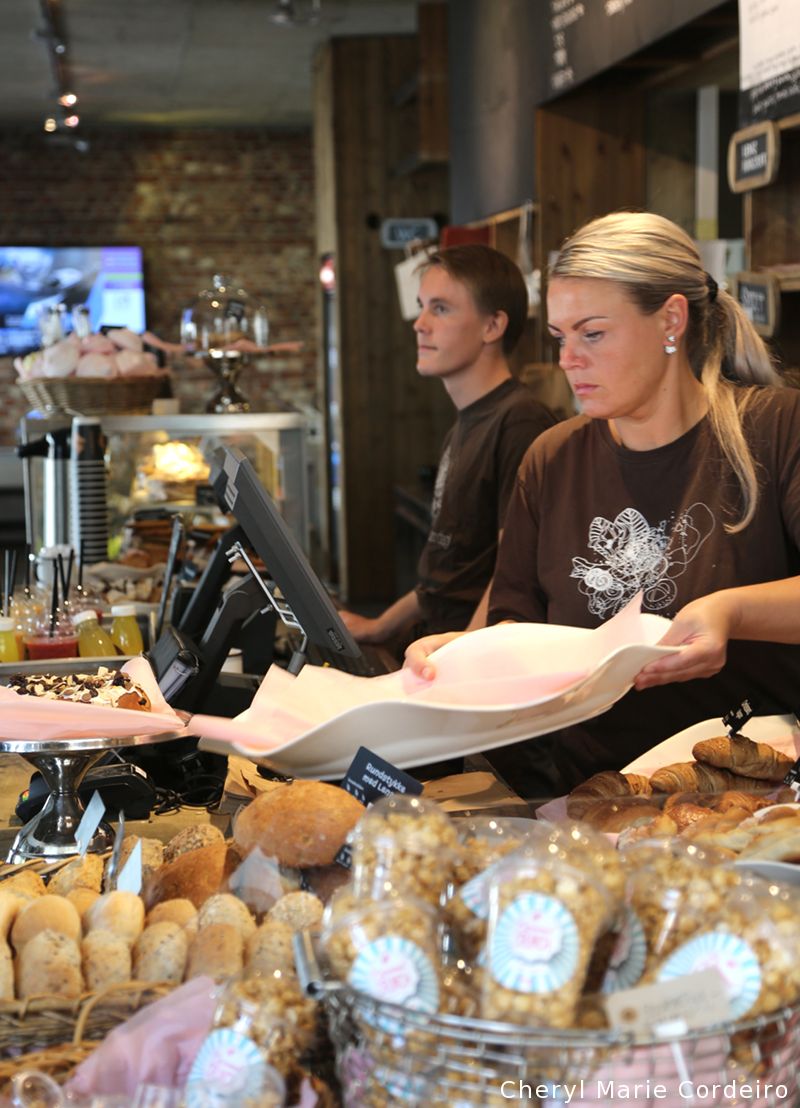
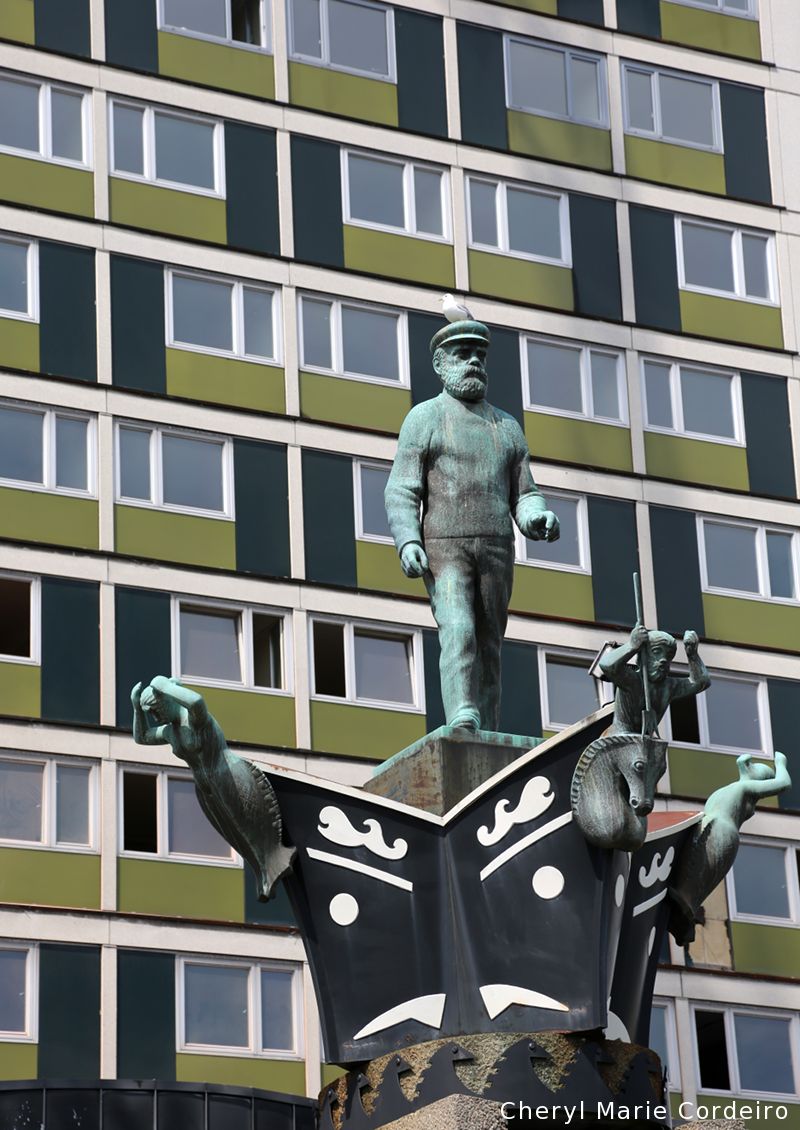
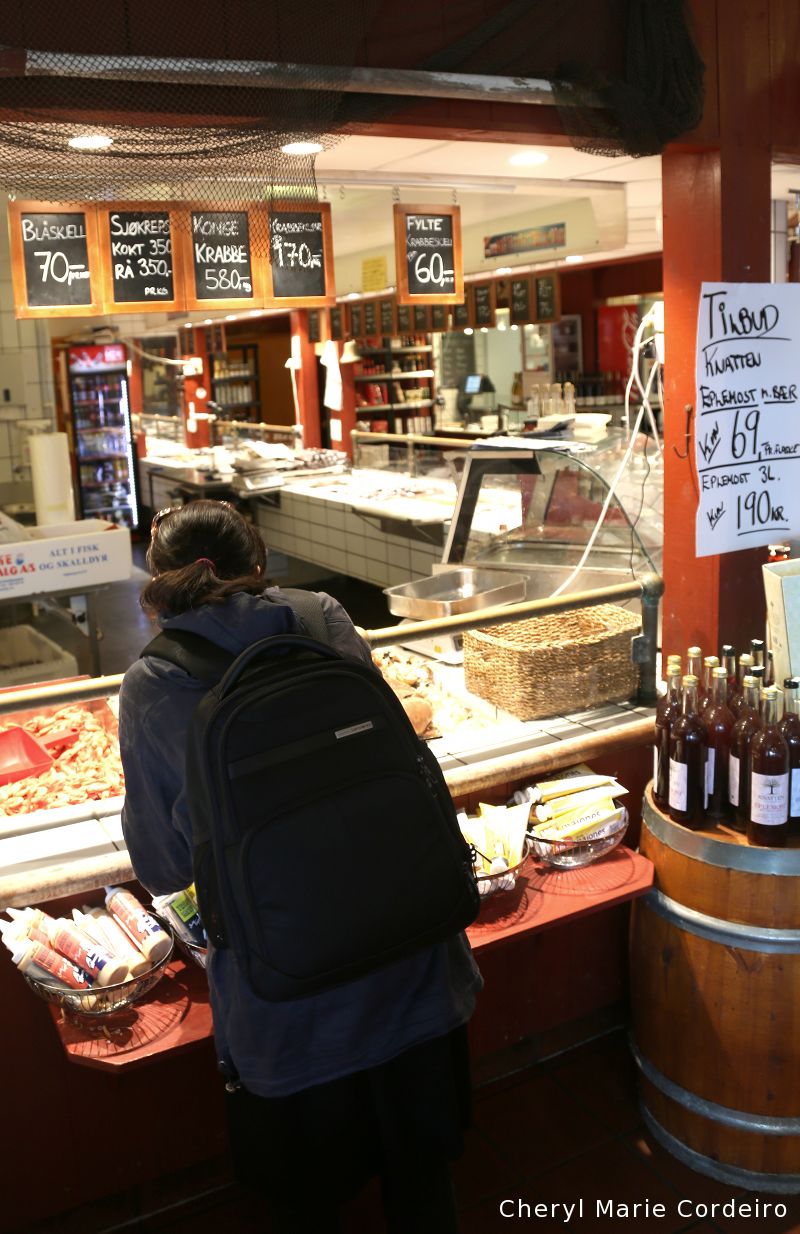
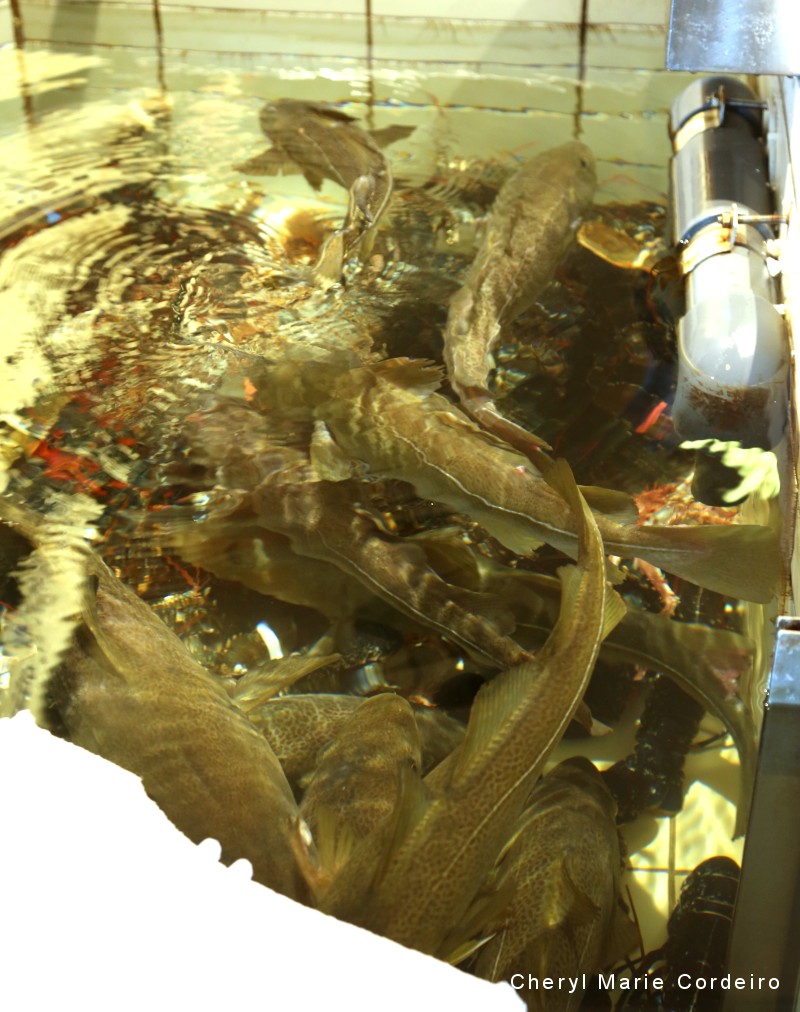
The fish market in Kristiansand set a new level on fresh when it came to cod.
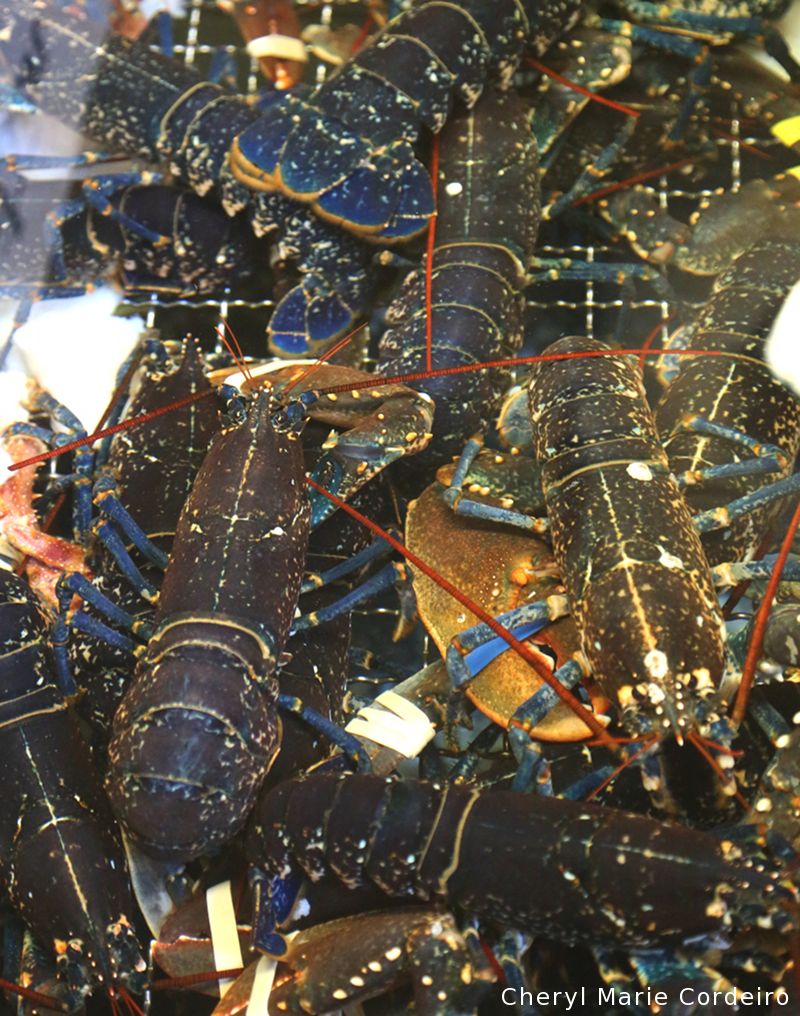
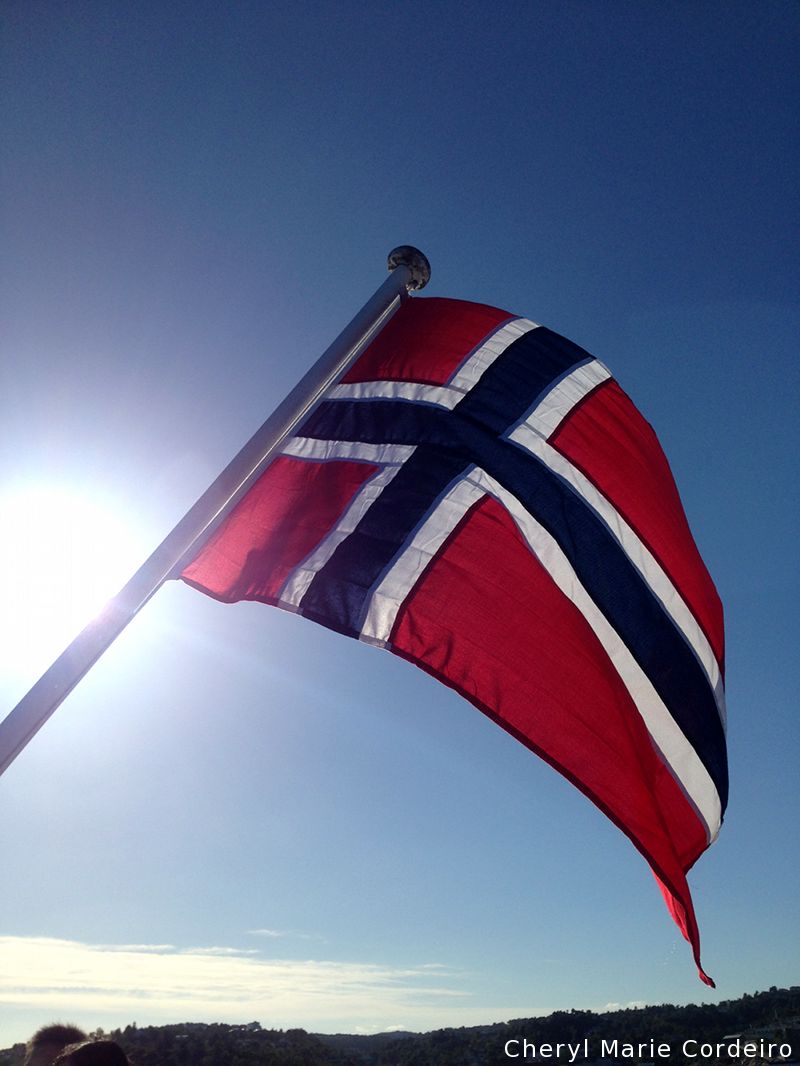
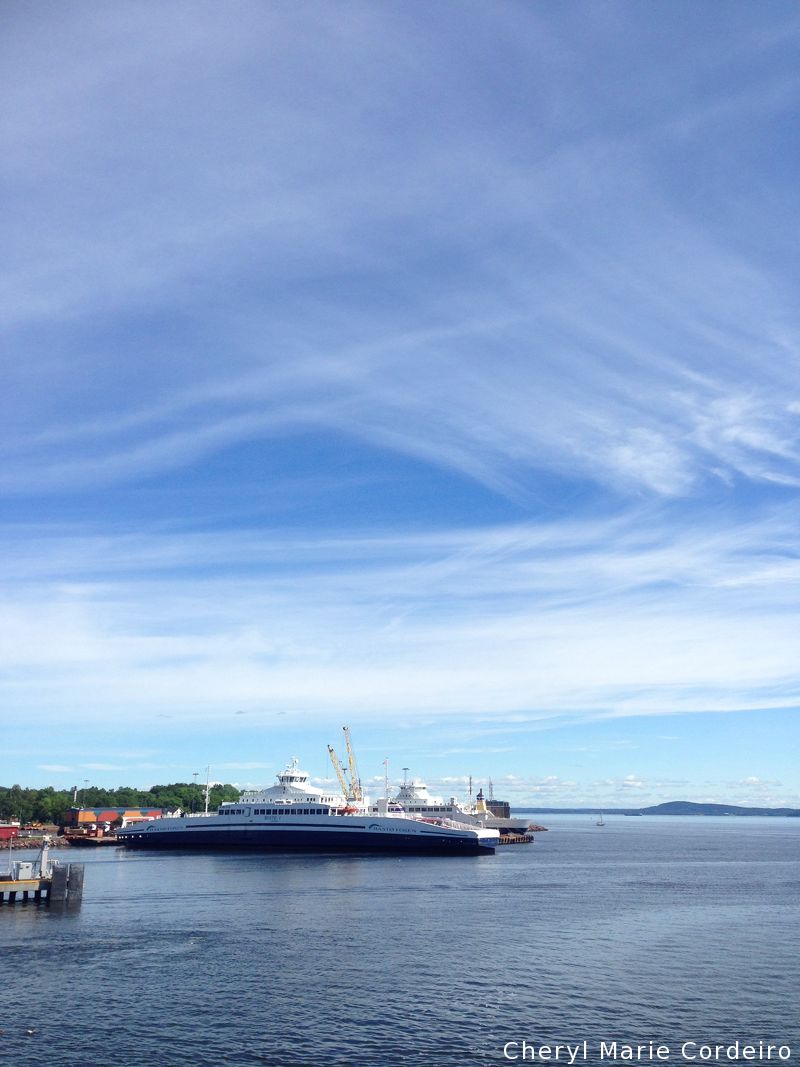
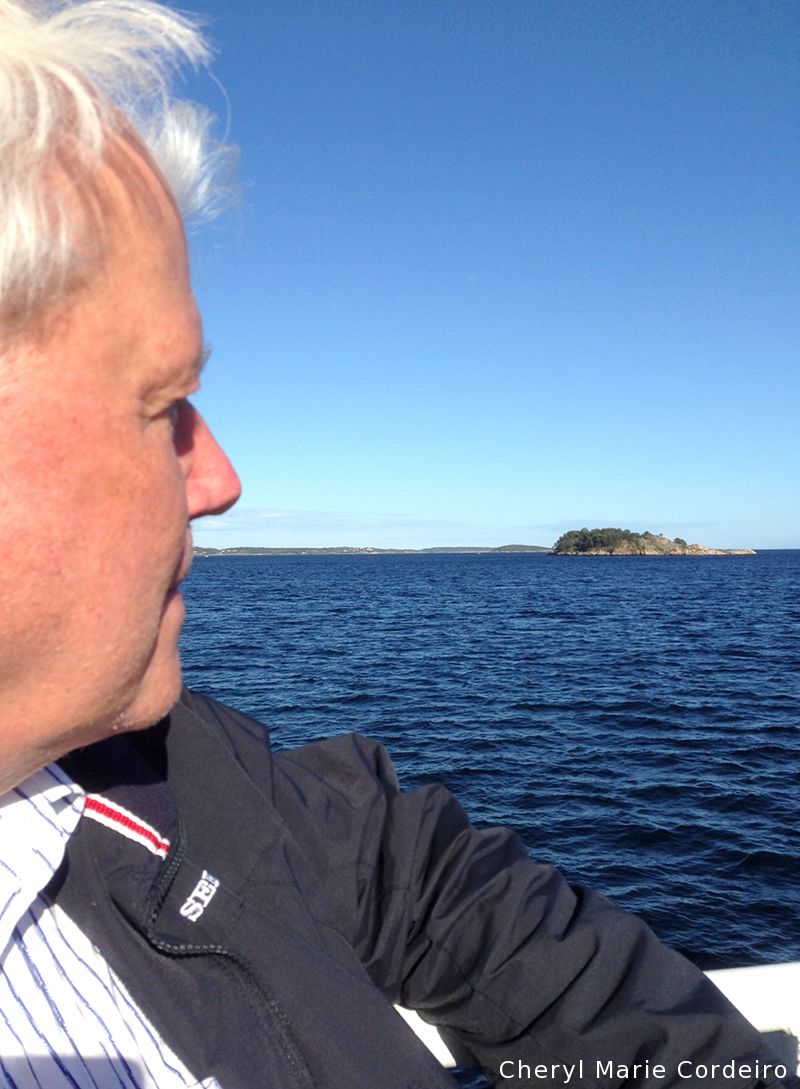
The archipelago outside of Kristiansand comprises small and large islands with an intricate network of waterways.
As indication of specialist knowledge, these waterways would make it near impossible to navigate for visitors less familiar with the terrain.
